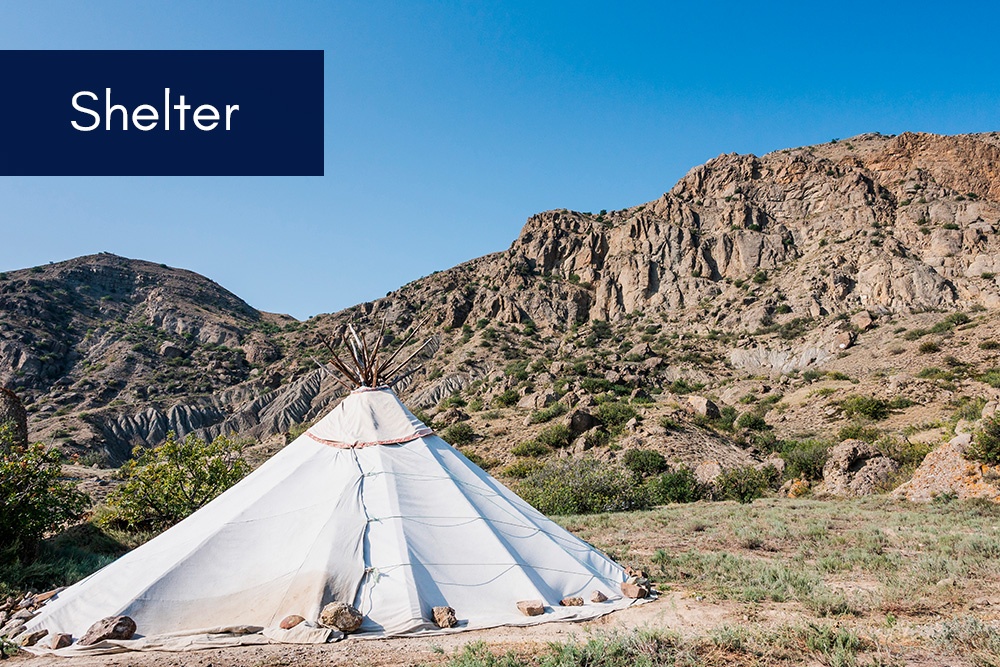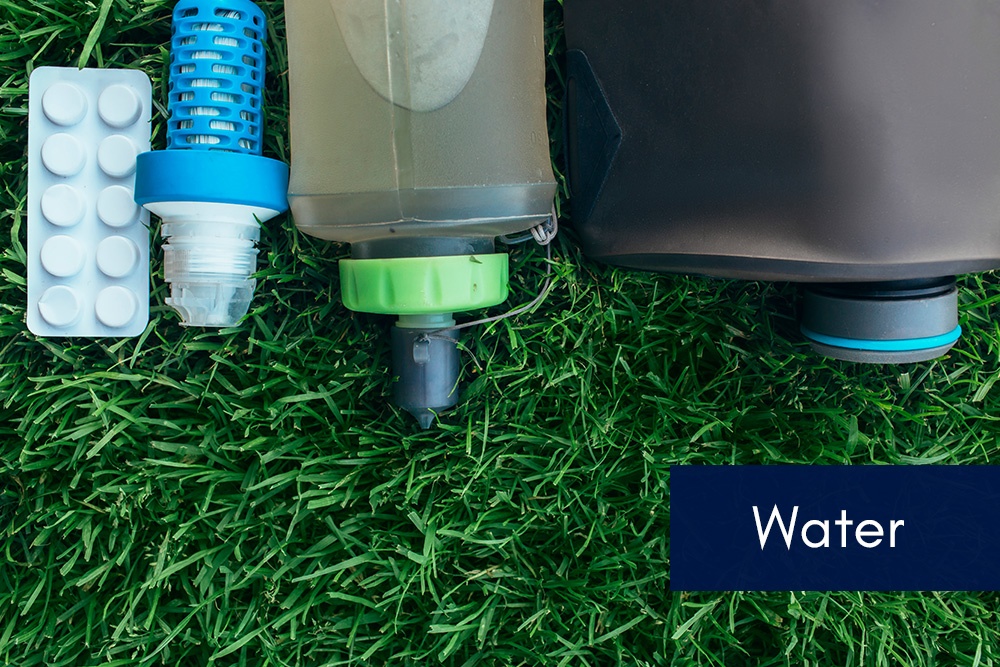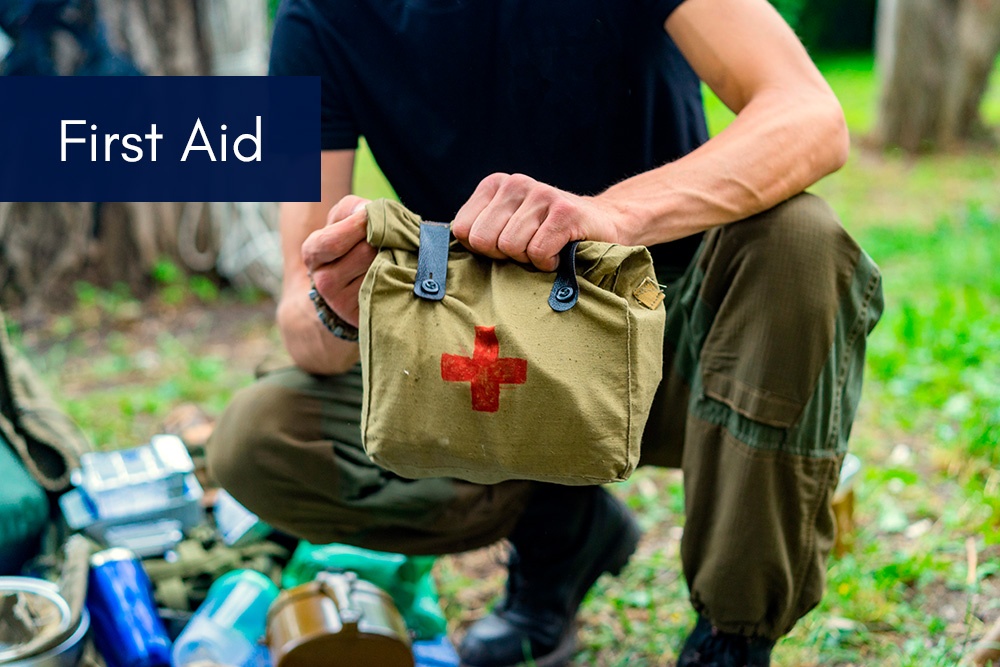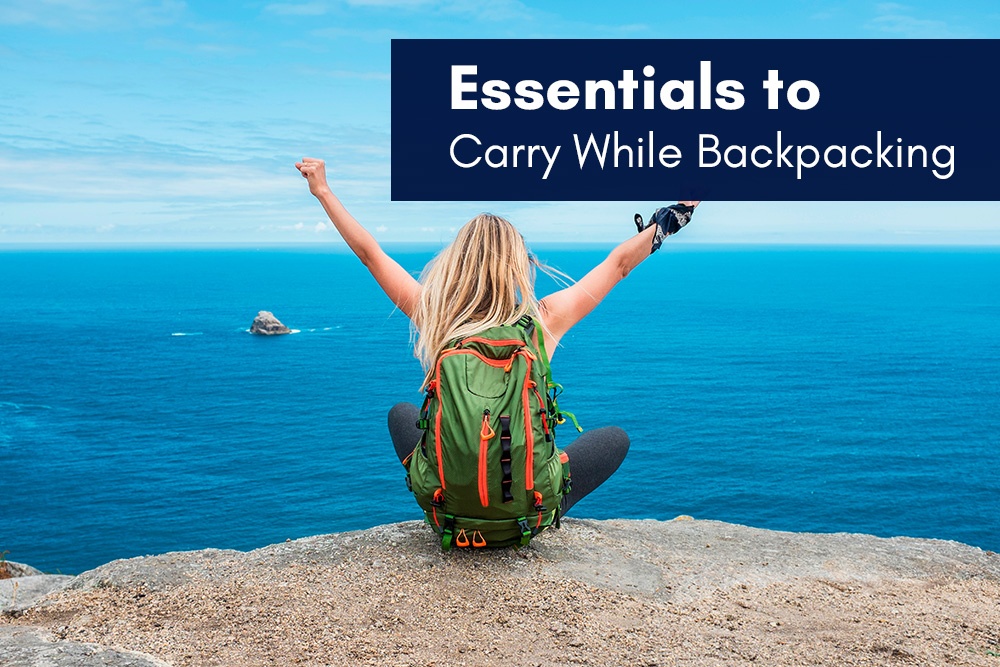Less is more when it comes to backpacking; ideally, you only want to take enough gear to be comfortable and prepared for emergencies. There is a standard list of items you should take backpacking, with food typically being the only variable. This is especially true if you plan to fish, as you will not need to haul as much grub. However, even the best anglers sometimes strike out, and having enough food can help keep you from having to cut your trip short. Also, mosquitoes can be thick near the water, so always pack plenty of mosquito repellent. To help you ensure you have all the gear you need without packing a lot you don’t, the following is a list of the essentials to carry while backpacking:
1) Backpack
Depending on the amount of gear that will be somewhat dependent on the season, you will need a 40- to 80-liter backpack. Remember that the longer your trip, the more food you will need to bring, so the bigger the pack you will need. There are many options when selecting a pack that include internal vs. external frame designs, the number and placement of internal sections and external compartments, padded shoulder straps, and waist belts. You will also want an effective rain cover that fits your pack properly.
2) Shelter

Your shelter can be as elaborate as a four-season tent with an extended rainfly or as simple as a tarp hung over a rope. While a groundsheet is optional, some barrier between your sleeping bag and the ground is highly recommended, so your bedding doesn’t get wet. You should also carry an emergency shelter, such as a small tarp, with you at all times in an easy-to-reach location for unexpected storms. Irrelevant of the type of shelter you choose, be sure to practice setting it up a few times, so you will understand how it goes together and that you have all the needed pieces, such as poles, stakes, and ropes. Also, bring a good backpacking bug spray to spray the area where you set up camp.
3) Sleep System
The cold ground will suck the heat out of you, and an old adage about sleeping outside says “an inch of insulation on the bottom is worth two on the top.” As such, a sleep system can consist of a sleeping bag and a pad. While a small camp pillow is a nice option, many backpackers just roll up their jackets to save on weight and space.
The sleeping bag temperature rating should match the temperatures in your camping area. Bags have a “comfort rating” that covers a range of degrees, such as 60 to 70 degrees, 40 to 70 degrees, or 0 to 50 degrees Fahrenheit. Note that the lower temperature is an “extreme” rating, and you will most likely not be comfortable all night at the lower end.
Sleeping pads provide a cushion to make the ground a little softer and provide a barrier against the cold ground. There are several types of sleeping pads that include closed and open cell foam. Closed cell foam provides better insulation, whereas open cell will give you a softer and more comfortable base. Another option is an air mattress. However, these do tend to develop leaks in the middle of the night, and you can wake up on the hard ground. A fourth option is a hammock. However, this option does not offer any bottom insulation.
4) Water

There are many types of wilderness water filters on the market, so be sure to pick one with a stated medically rated filtration quality to remove 99.999 percent of all pathogens. Become familiar with the filter’s operation before heading out. Another option is water purification tablets made of iodine or chlorine. You will also need a lightweight, unbreakable water bottle or canteen to carry your filtered water. As mosquitoes breed around wet areas, be sure to wear mosquito repellent when fetching water.
5) Food
Backpacking food should be kept simple and lightweight. Don’t be the neophyte backpacker that loads themselves down with canned food. Energy and protein bars, nuts, dehydrated fruit, and full freeze-dried meals will sustain you indefinitely. Pack at least one extra day’s worth of food. Be aware that some bugs are attracted to food odors, so keep your insect repellent handy.
6) Camp Kitchen
Backpacking calls for dry food that requires no cooking or just adding boiling water. Here all you need is a small single burner backpack stove that runs off a small, lightweight canister of pressurized fuel and something to light it. If permitted in the area, a campfire is a space-saving option. You will need a small pot to heat water, and some camping cook pots double as cups. You will also want flatware and a small dish towel.
7) First Aid

You or a companion will inevitably get hurt if you spend enough time in the woods. Here is a list of items to include in a basic first aid kit:
• Alcohol swabs
• Anti-diarrhea medication
• Antibiotic ointment
• Antihistamines
• Assortment of adhesive bandages
• Elastic bandage
• Gauze pads
• Medical tape
• Moleskin
• Needle and sutures
• Pain killers
• Safety pins
• Tourniquet
• Tweezers
• Vinyl gloves
8) Clothing
The type and amount of clothing will, of course, depend on the weather. Here is an essential list of the clothing you should pack:
• Two T-shirts
• Two pairs of pants
• Two pairs of shorts
• Two long sleeve shirts
• Rain jacket and pants
• Two pairs of gloves
• Three pairs of socks
• Three pairs of underwear
• One pair of long underwear – tops and bottoms
• Jacket
• Sweatshirt
• Cap
Note that many types of clothing can serve double duty. For instance, long underwear tops can serve as long underwear or a shirt alone. Instead of bringing one heavy jacket, a lightweight jacket and a sweatshirt can be worn individually or layered as needed. Convertible pants will serve as pants and shorts. While there is unique clothing with insect repellent impregnated into the fibers, spraying your clothes with a good backpacking bug spray is a less-expensive option.
9) Personal Hygiene
Even in the woods, cleanliness can be obtained. Here is all you need:
• Toothbrush, toothpaste, and floss
• Hand sanitizer
• Toilet paper
• Wash cloth and small towel
• Echo-friendly, plant-based soap
10) General
Following is a list of other items that are important to have:
Miscellaneous
• Pocket Knife
• Headlamp and extra batteries
• Clothes pins
• Sunglasses
• Sunscreen
• Fishing tackle
• Bear spray
• Insect repellent
For repairs
• Duct tape for tent or tarp
• Super glue
• Patch kit for air mattress
• Needle and thread
Navigation:
• Map
• Compass
• GPS device (optional)
Electronics:
• Power bank or solar charger with charging cables
• Headlamp with extra batteries
Emergency:
• Whistle
• Storm-proof matches and fire starters
• Personal locator beacon or satellite messenger (optional)
Remember that trying to take it all with you defeats the purpose of getting away from it all. With some practice, you will learn what items you must have and what ones you can leave home. However, with so many tick and mosquito-transmitted diseases, one item you should never go without is backpacking bug spray. ProvenⓇ makes an odorless 12-hour mosquito and tick bug spray with a 20% concentration of the active ingredient, picaridin. ProvenⓇ has a clean, non-greasy feel and is effective at repelling ticks, mosquitoes, black flies, gnats, chiggers, sand flies, and others. ProvenⓇ products are sold online at ProvenRepellent.com, on Amazon and in-store at Meijer, Tractor Supply Company, Target and ACE Hardware.



Recent Comments